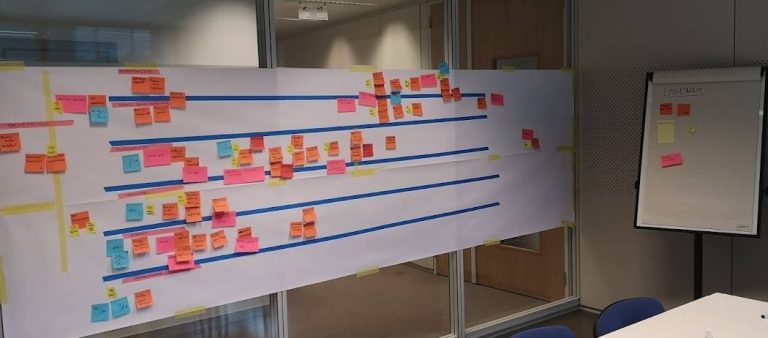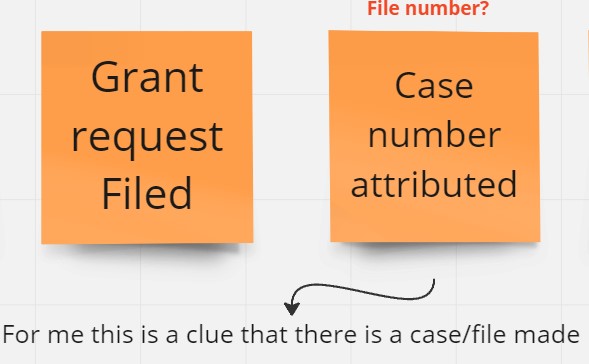EventStorming: A Versatile Approach to Collaboration Beyond Development Teams
EventStorming is an innovative modeling technique that facilitates collaboration and shared understanding of complex business domains. While it is commonly associated with software development teams, the versatility of EventStorming extends beyond this domain, making it valuable for various stakeholders within an organization. This blog post will explore the broader applications of EventStorming and discuss its benefits for different teams and roles.
The Universality of EventStorming
EventStorming’s core strength lies in its ability to engage diverse groups in a collaborative and visual exploration of business processes, events, and rules. This event-driven approach helps uncover hidden requirements, identify bottlenecks, and discover potential opportunities for improvement. The versatility of EventStorming makes it a valuable tool for various stakeholders, including:
- Business Analysts: EventStorming enables business analysts to better understand and document the business domain by identifying key events, rules, and processes. This improved understanding can inform the creation of more accurate and comprehensive business requirements and functional specifications.
- Product Owners and Managers: By providing a clear, visual representation of the business domain, EventStorming helps product owners and managers identify opportunities for new features or improvements to existing products. This technique also allows them to prioritize and align product roadmaps with the organization’s strategic goals.
- User Experience (UX) Designers: EventStorming can inform UX design by offering insights into user interactions with the system and highlighting potential pain points or areas for improvement. This understanding can help UX designers create more intuitive and user-friendly interfaces.
- Quality Assurance (QA) and Testing Teams: EventStorming allows QA teams to identify potential risks and areas of complexity, informing the creation of comprehensive test plans and strategies. This technique can also help QA teams better understand the business domain, enabling more effective communication with developers and other stakeholders.
- Organizational Leadership: Executives and managers can benefit from EventStorming by gaining a deeper understanding of the business domain, identifying areas for optimization, and making more informed strategic decisions. The collaborative nature of the technique also fosters a culture of open communication and shared ownership, which is essential for successful organizational change.
Benefits of EventStorming for Diverse Stakeholders
- Enhanced collaboration: EventStorming promotes collaboration and communication between different roles and teams within an organization. By breaking down silos, it encourages a more integrated and cohesive approach to problem-solving and decision-making.
- Improved understanding of the business domain: By engaging diverse stakeholders in a shared exploration of the business domain, EventStorming fosters a deeper understanding of the underlying processes, rules, and events. This can lead to more accurate and effective solutions that meet the needs of users and the organization.
- Efficient decision-making: The visual nature of EventStorming enables stakeholders to quickly identify opportunities, risks, and areas for improvement, leading to more informed and efficient decision-making.
- Fostering a culture of innovation: The inclusive and collaborative nature of EventStorming encourages the generation and evaluation of ideas, fostering a culture of innovation and continuous improvement within the organization.
EventStorming is a versatile and powerful tool that extends beyond software development teams, offering valuable benefits to various stakeholders within an organization. By promoting collaboration, improving understanding of the business domain, and supporting efficient decision-making, EventStorming has the potential to drive innovation and positive change at all levels of an organization. The technique’s universality and adaptability make it an essential component of any organization’s toolkit for solving complex problems and fostering a culture of collaboration and innovation.






